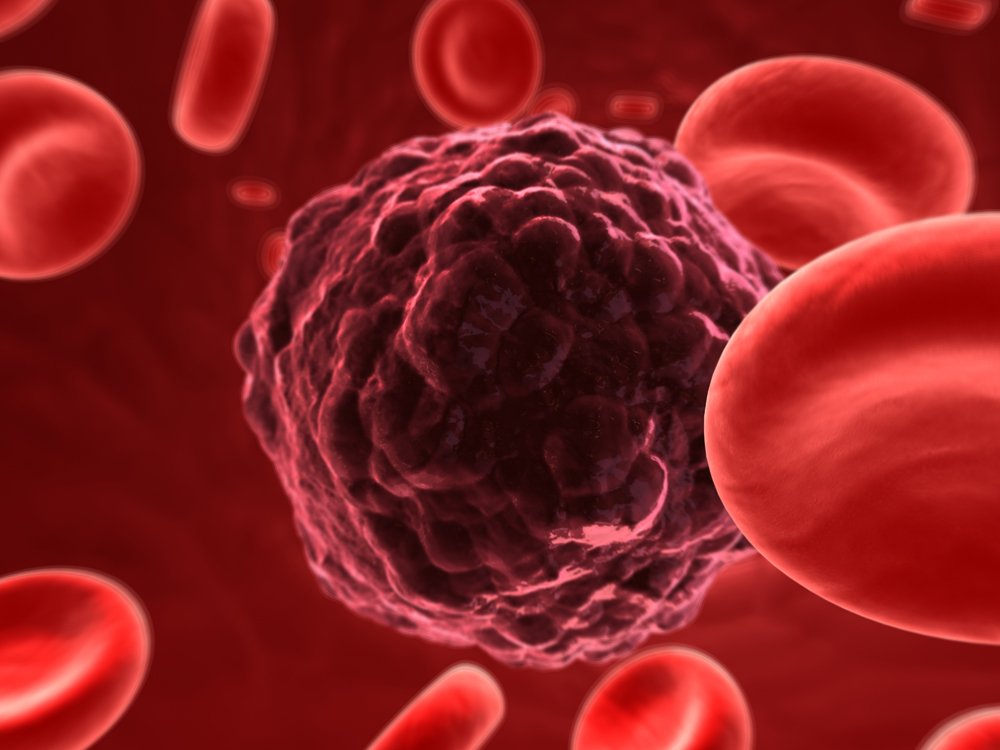
One major cause of liver cancer is high exposure to the hepatitis B virus, resulting in the integration of HBV into the patient's genes
Singapore: Scientists at the Genome Institute of Singapore (GIS) have unraveled the mechanism that causes liver cancer (hepatocellular carcinoma, HCC), one of the most common solid tumors worldwide. This genome-wide research was done in collaboration with colleagues from the National University of Singapore (NUS), University of Hong Kong, Eli Lilly, Merck Research Laboratories USA, Pfizer Oncology USA and Beijing Genomics Institute China.
One major cause of liver cancer, or HCC, is high exposure to the hepatitis B virus (HBV), resulting in the integration of HBV into the victim's genes. Individuals who carry the HBV have a greater than 100-fold increased relative risk of developing HCC, considered to be a serious global health problem by the World Health Organization.
Due to technology and sample limitations in the past, only restricted results were found. In this study, the scientists leveraged on massively parallel sequencing technology to survey the HBV integrations on paired tumor and adjacent non-tumor tissues from 88 Chinese HCC patients.
Their analyses revealed that the incidences of HBV integrations were high — 76 of the 88 patients had HBV integration. Specifically, they discovered that the HBV will integrate into genes CCNE1, SENP5 and ROCK1, causing an increase in the expression levels in these genes, and subsequently enhancing the tumor growth. This discovery is in addition to the previously reported integration into the TERT and MLL4 genes.
The scientists also observed that HBV integration induced chromosome instability, resulting in the scrambling of the genome.
First author Dr Ken SUNG Wing Kin, Senior Group Leader of Computational and Systems Biology at the GIS, said: "Very importantly, we showed that HBV integration affects the patient's overall survival. This work improves our understanding of HBV integration in HCC, which may lead us to develop better therapies for this highly malignant disease."
"A lot of researchers have tried to study the importance of HBV integration sites, but with limited success," said Prof Stephen TSUI, Professor at the School of Biomedical Sciences, and Director at the Centre for Microbial Genomics and Proteomics, The Chinese University of Hong Kong. "Thanks to the recent advance in sequencing technology and the continuing efforts of the team, I am so excited to see the light from the end of the tunnel finally. The findings in this article have important implications on the relationship between hepatitis B virus and hepatocellular carcinoma."




